Optimize Restaurant Grease Trap Pumping for Efficiency
Restaurant grease trap pumping is crucial to maintaining a clean and efficient commercial kitchen. Grease traps prevent fats, oils, and grease (FOG) from clogging plumbing systems, leading to costly repairs and potential health code violations.
Table of Contents
Key Takeaway
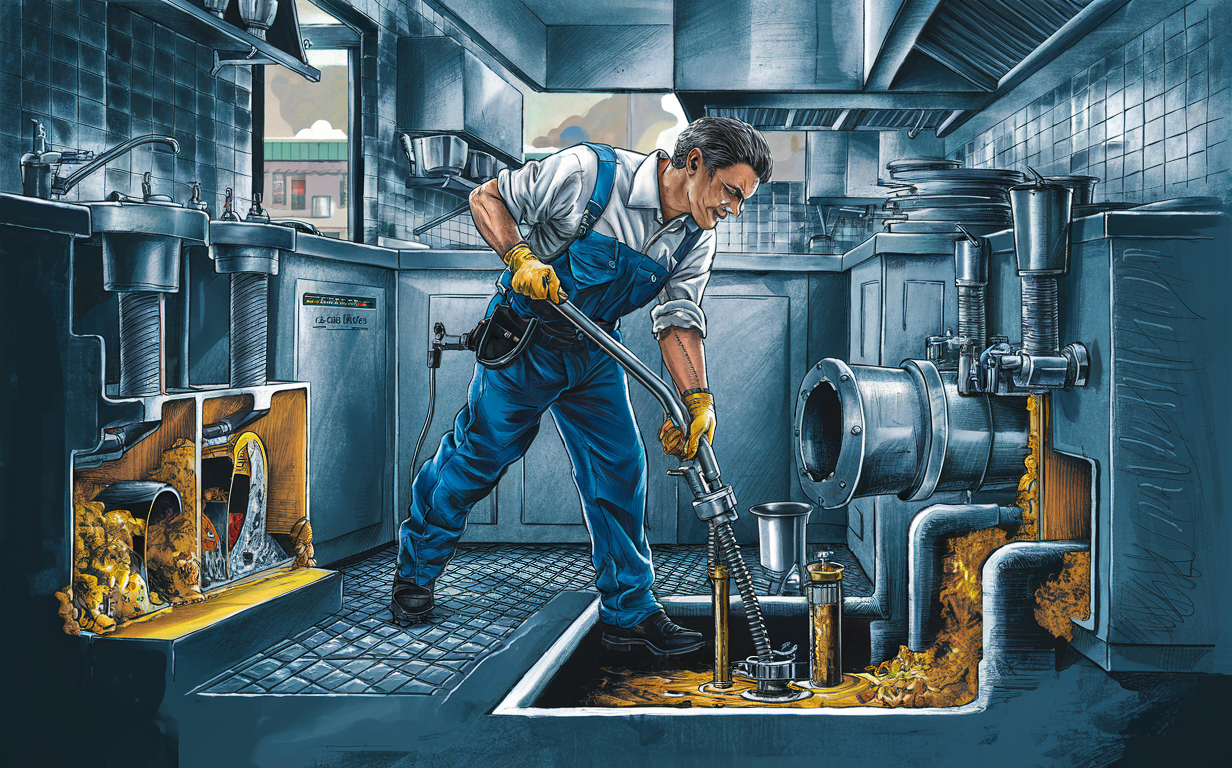
- Prevent Clogs: Regular pumping prevents blockages and maintains efficient plumbing.
- Health Code Compliance: Keeps your restaurant compliant with health regulations.
- Cost Efficiency: Prevents expensive repairs and potential shutdowns.
- Environmental Responsibility: Reduces environmental impact by proper disposal of FOG.
What Is Restaurant Grease Trap Pumping?
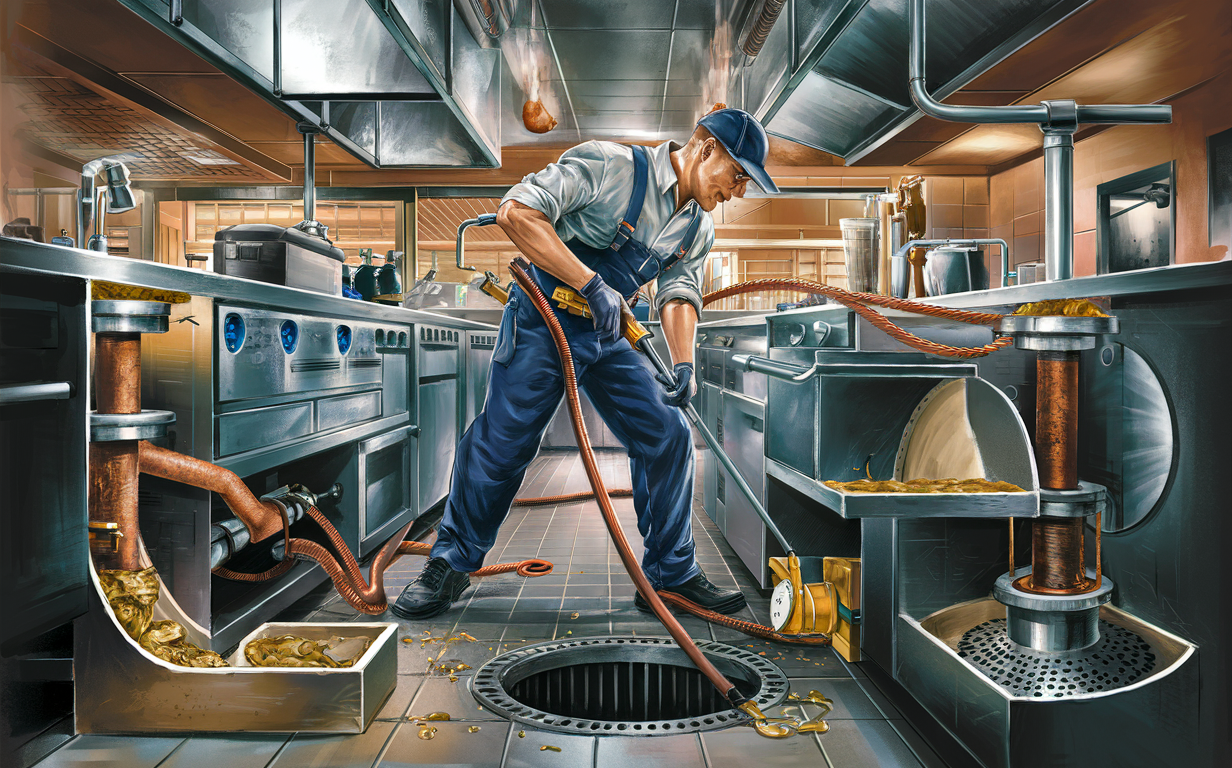
Restaurant grease trap pumping involves the removal of accumulated grease, fats, and oils from the grease interceptor. This process is essential for maintaining the plumbing system’s efficiency and preventing blockages that could disrupt restaurant operations.
The Importance of Regular Grease Trap Maintenance
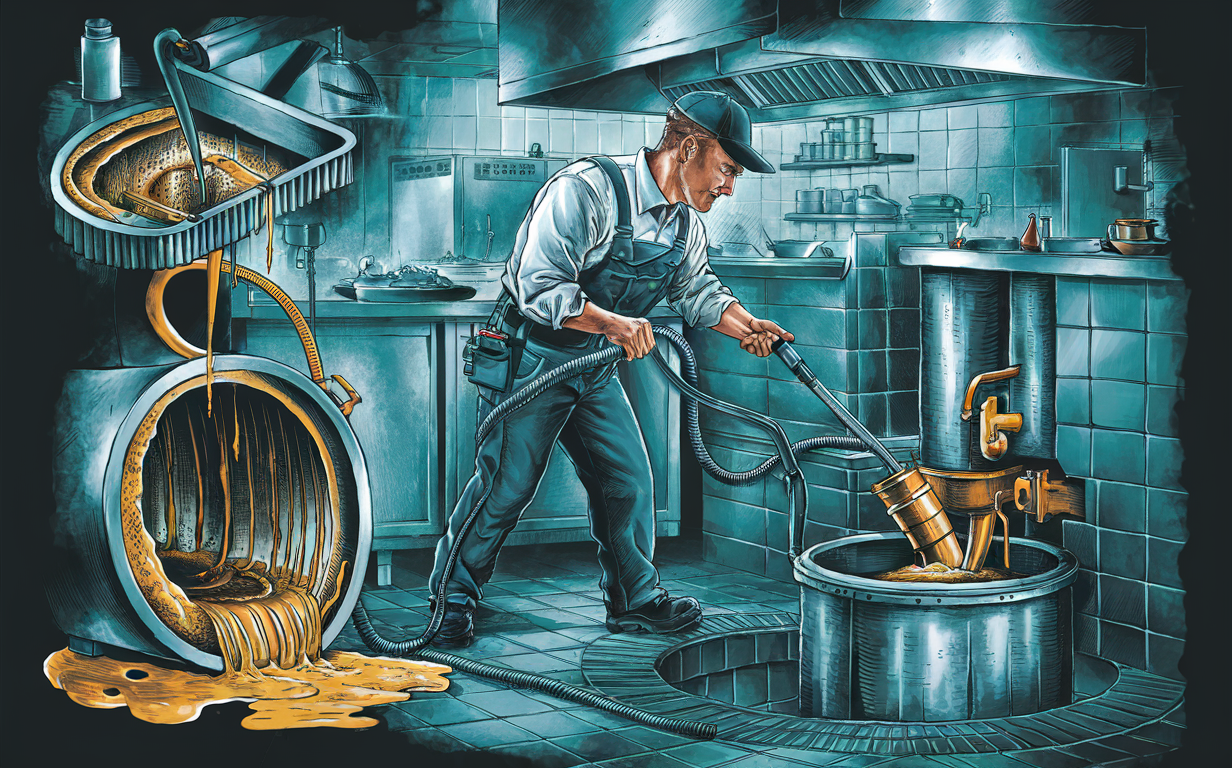
Maintaining a regular pumping schedule is paramount for any restaurant. Neglecting this can lead to severe consequences, including clogged pipes, foul odors, and even business closure due to health code violations.
How Often Should You Schedule Grease Trap Pumping?
The frequency of grease trap pumping depends on the size of your restaurant, the type of food you serve, and the volume of customers. Generally, a grease trap should be pumped every 90 days, but high-volume establishments may need more frequent services.
Signs Your Restaurant Needs Grease Trap Pumping
- Slow Draining Sinks: Indicates that the grease trap is full and not functioning correctly.
- Foul Odors: Unpleasant smells from sinks or drains can signal a full grease trap.
- Grease Backup: Visible grease in sinks or floor drains is a clear sign the grease trap needs immediate attention.
Steps Involved in Grease Trap Pumping
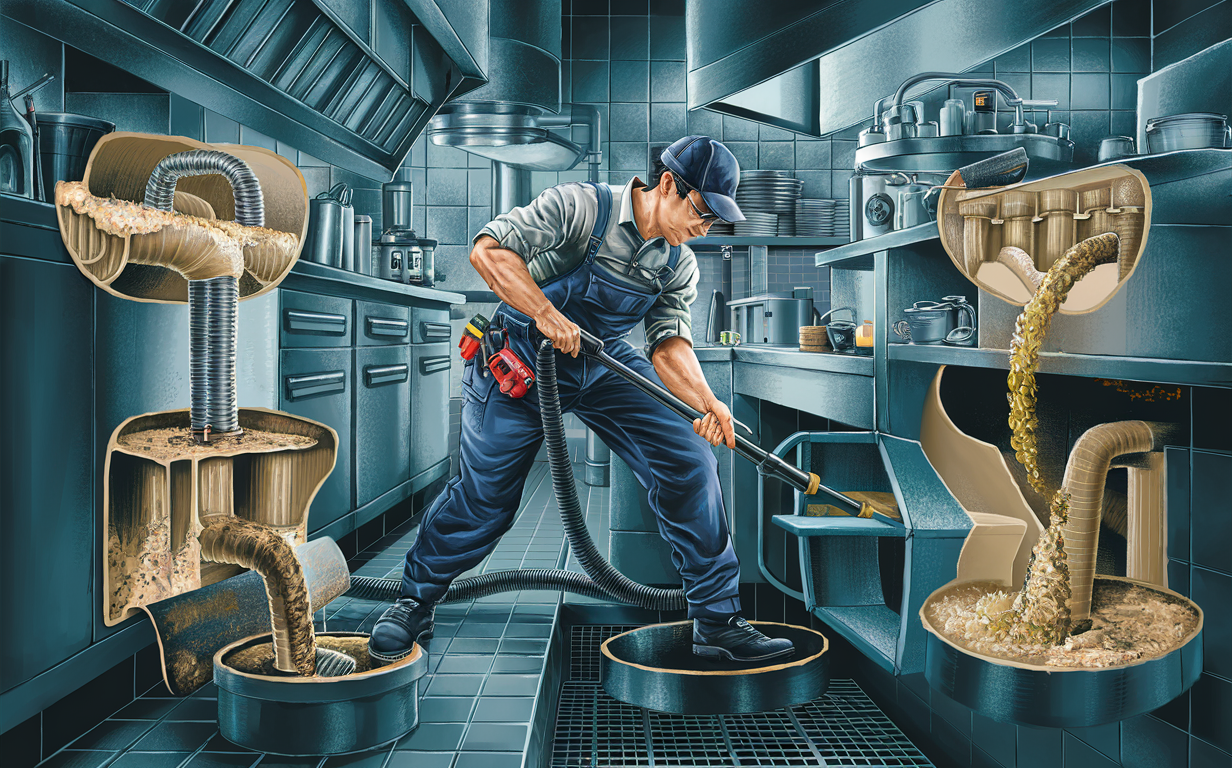
- Inspection: Technicians assess the grease trap to determine the level of buildup.
- Pumping: Using specialized vacuum trucks, technicians pump out the accumulated FOG.
- Cleaning: The interior of the grease trap is scrubbed to remove residual grease.
- Disposal: The collected grease is transported to a licensed disposal facility.
Average Grease Trap Pumping Costs Based on Restaurant Size
| Restaurant Size | Pumping Frequency | Average Cost per Service |
|---|---|---|
| Small (1-50 seats) | Every 3 months | $125 – $200 |
| Medium (51-150 seats) | Every 2 months | $200 – $350 |
| Large (151+ seats) | Monthly | $350 – $500 |
Benefits of Professional Grease Trap Pumping Services
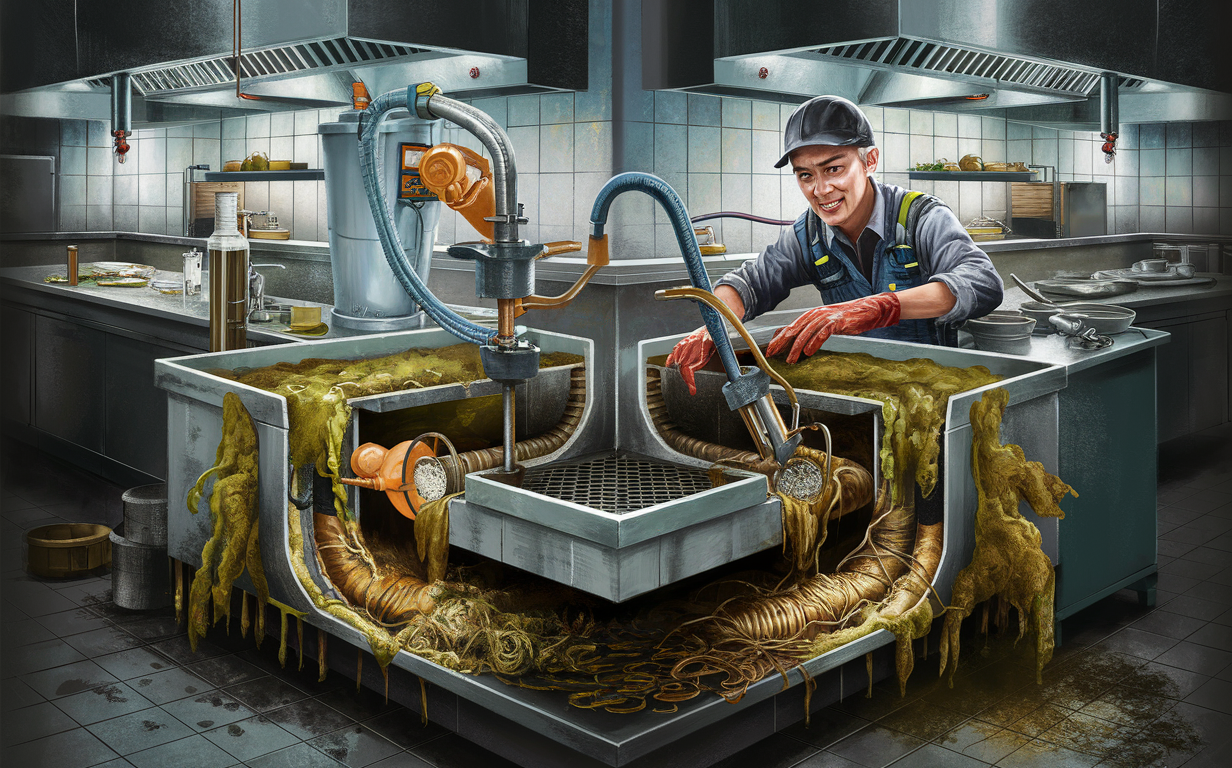
Hiring a professional service ensures that the job is done efficiently and in compliance with local regulations. Professionals use high-capacity vacuum trucks and have the expertise to handle any issues that may arise during the process.
Why DIY Grease Trap Cleaning Is Not Recommended
While it might be tempting to save money by cleaning the grease trap yourself, it is not advisable. DIY cleaning can be messy, time-consuming, and ineffective if not done correctly. Moreover, improper disposal of FOG can lead to hefty fines.
The Role of Grease Traps in Environmental Sustainability
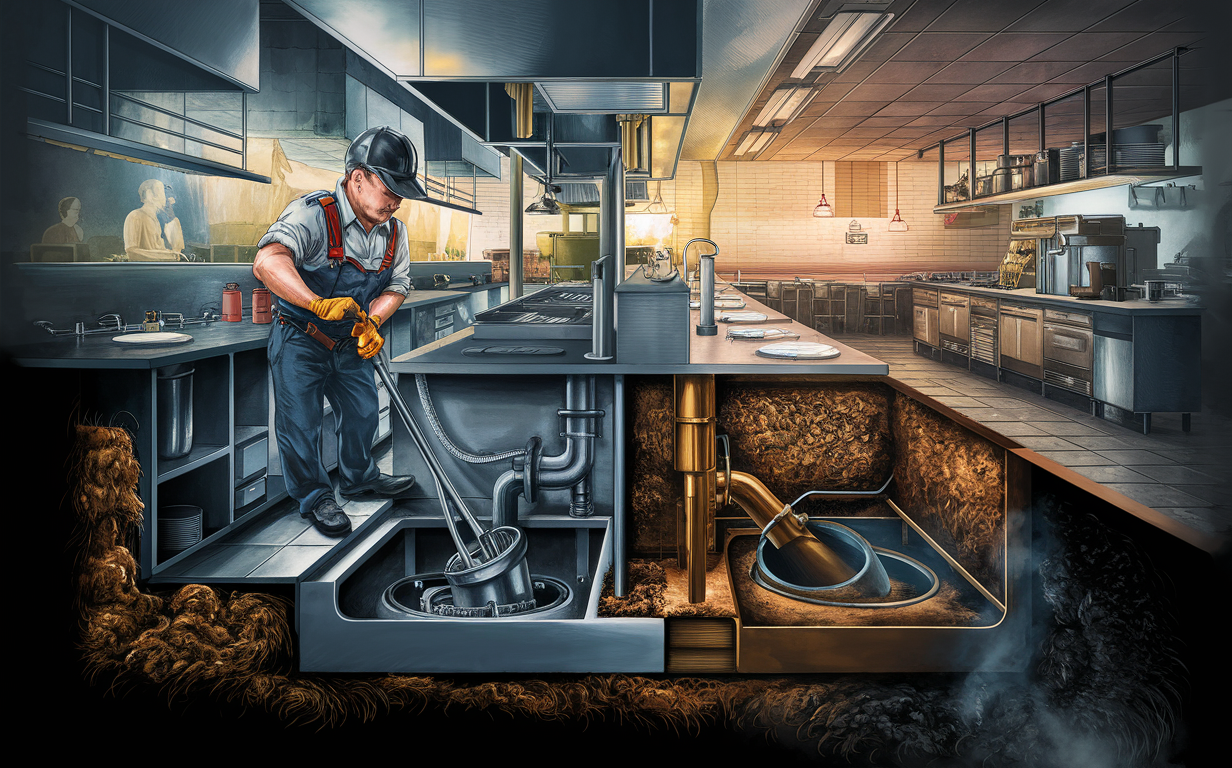
Grease traps play a critical role in environmental conservation. Properly maintained grease traps ensure that FOG does not enter the sewage system, reducing the risk of water contamination and promoting environmental sustainability.
Environmental Impact of Improper FOG Disposal
| Environmental Concerns | Impact |
|---|---|
| Water Contamination | Harmful to aquatic life |
| Sewage System Blockages | Increased maintenance costs |
| Soil Pollution | Affects plant growth |
| Air Quality | Foul odors affect community |
Choosing the Right Grease Trap Pumping Service
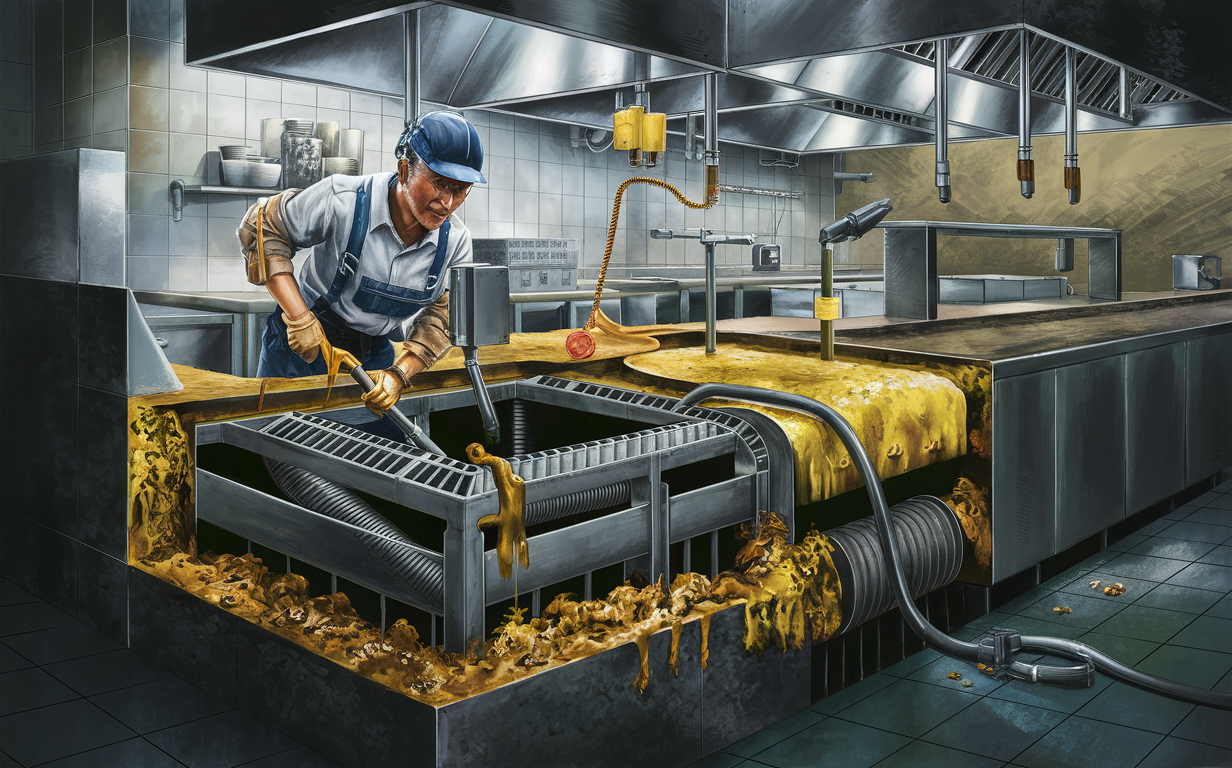
When selecting a grease trap pumping service, consider the following factors:
- Experience and Expertise: Choose a company with a proven track record in grease trap maintenance.
- Equipment: Ensure the service provider uses modern, high-capacity vacuum trucks.
- Compliance: Verify that the company adheres to local regulations for FOG disposal.
- Customer Reviews: Read reviews and testimonials to gauge customer satisfaction.
Checklist for Vetting Grease Trap Pumping Services
- Licensed and insured company
- Transparent pricing
- Flexible scheduling
- Emergency services availability
- Comprehensive service offerings
Common Myths About Grease Trap Pumping
Grease Traps Only Need Pumping When Full
Reality: Waiting until the grease trap is full can cause severe blockages and plumbing issues. Regular maintenance prevents these problems.
DIY Grease Trap Cleaning is Cost-Effective
Reality: DIY cleaning can lead to improper disposal and potential fines. Professional services are more cost-effective in the long run.
All Grease Traps Are the Same
Reality: Grease traps vary in size and design. Professional services ensure the right approach for your specific system.
Best Practices for Maintaining Your Restaurant’s Grease Trap
- Train Staff: Educate your kitchen staff on proper grease disposal methods.
- Use Grease-Busting Products: Utilize products designed to break down grease effectively.
- Regular Inspections: Schedule periodic inspections to catch minor issues before they become major problems.
- Record Keeping: Maintain detailed records of all grease trap maintenance and pumping services.
Essential Tips for Restaurant Grease Trap Pumping Owners
- Schedule regular grease trap pumping.
- Train your staff on FOG management.
- Use appropriate grease disposal methods.
- Keep detailed maintenance records.
- Hire professional services for thorough cleaning.
Why Texway Wastewater Services Is Your Best Choice
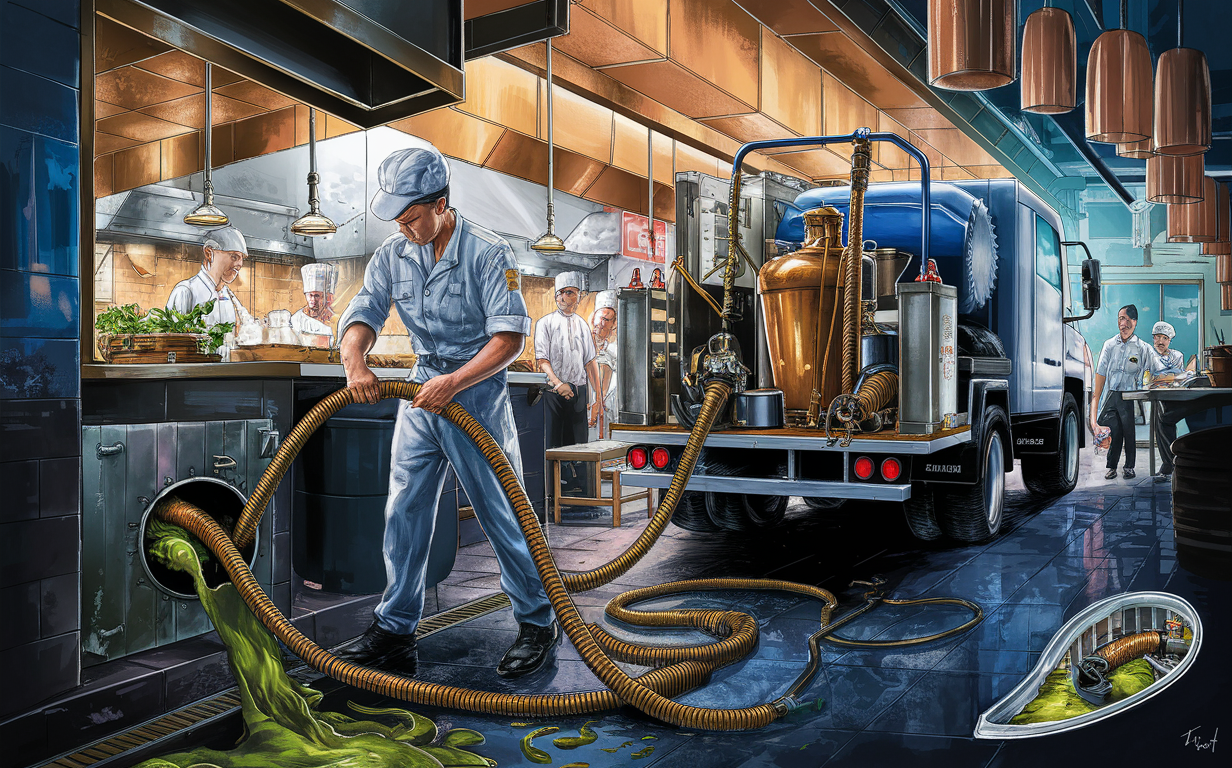
At Texway Wastewater Services, we pride ourselves on providing top-notch grease trap pumping services. Our experienced team uses state-of-the-art equipment to ensure your grease trap is maintained efficiently and in compliance with all regulations.
Our Commitment to Quality
- Expert Technicians: Our team comprises skilled professionals with extensive experience.
- Reliable Service: We offer prompt and reliable services tailored to your needs.
- Environmental Responsibility: We adhere to all environmental guidelines for FOG disposal.
- Customer Satisfaction: Our clients’ satisfaction is our top priority.
How to Schedule Your Restaurant Grease Trap Pumping Service
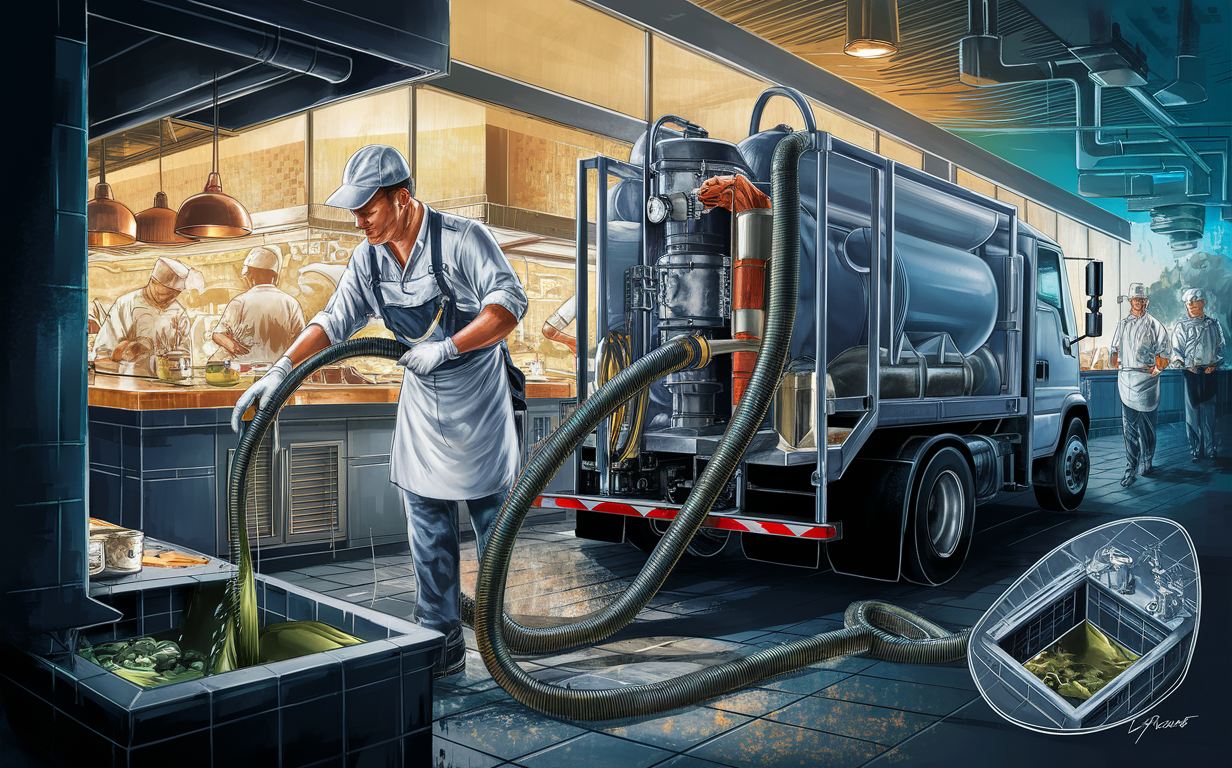
Scheduling your grease trap pumping service with Texway Wastewater Services is easy. Simply call us at (817) 889-4007 or fill out our online contact form. Our friendly team will be happy to assist you and schedule a service at your convenience.
Key Points Recap
- Regular grease trap pumping is essential for smooth restaurant operations.
- Professional services ensure compliance and effective maintenance.
- Texway Wastewater Services provides reliable and expert grease trap pumping solutions.
By maintaining a restaurant Grease Trap Pumping schedule, you can prevent costly repairs, stay compliant with health regulations, and contribute to a cleaner environment. Trust Texway Wastewater Services to keep your restaurant’s grease trap in optimal condition.

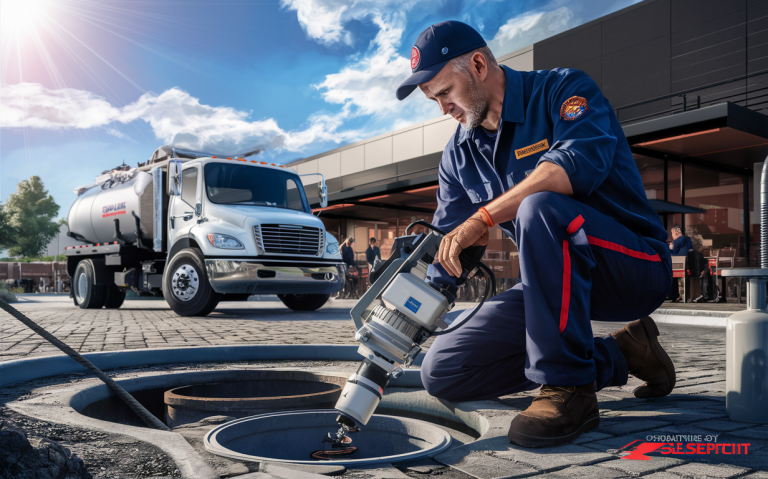
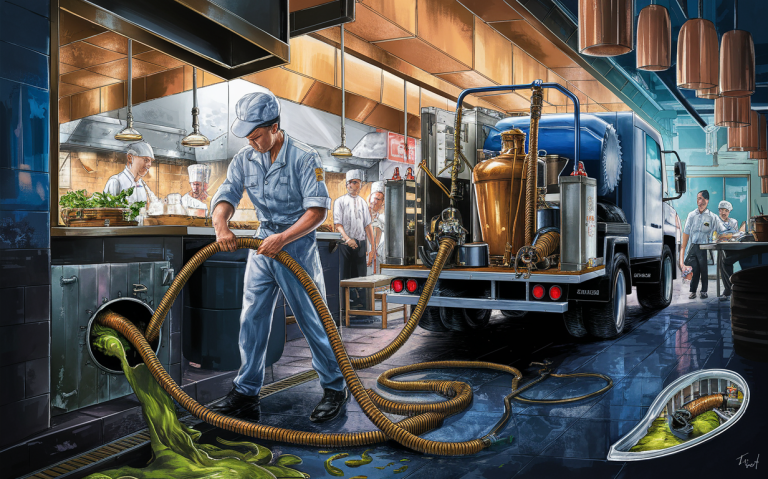
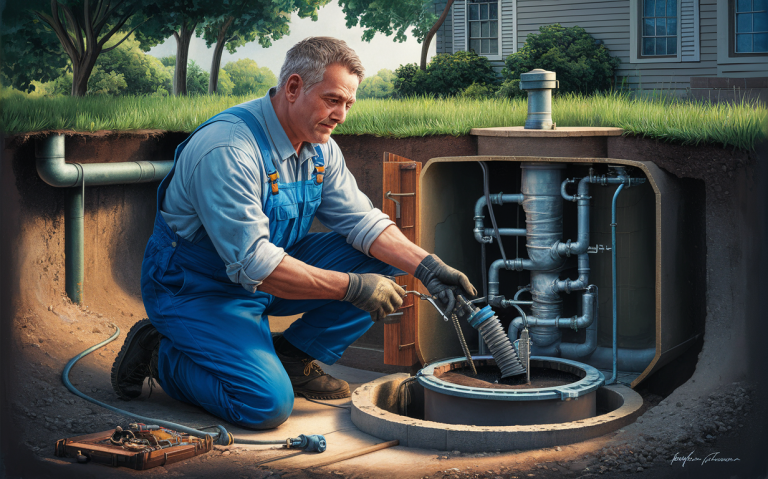
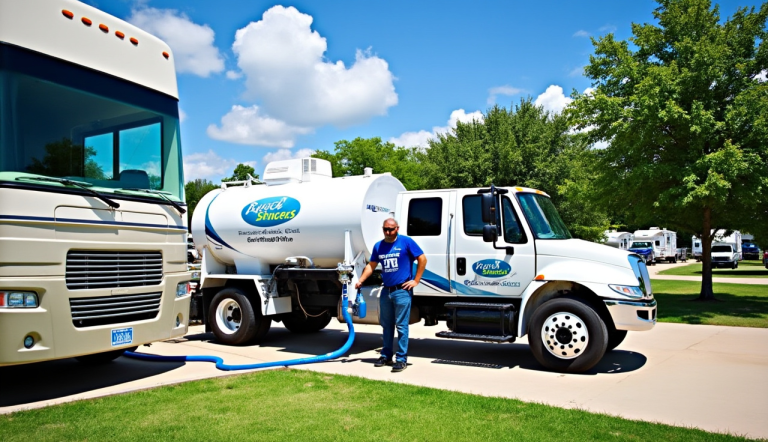
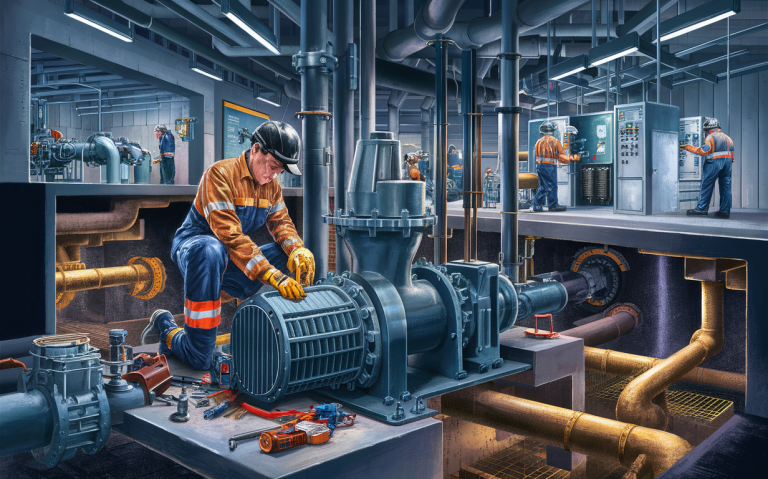
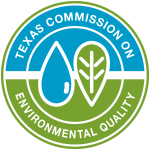 Texway Wastewater Services is a septic, wastewater, and excavation company based out of Burleson, Texas and serving the surrounding areas. We specialize in
Texway Wastewater Services is a septic, wastewater, and excavation company based out of Burleson, Texas and serving the surrounding areas. We specialize in